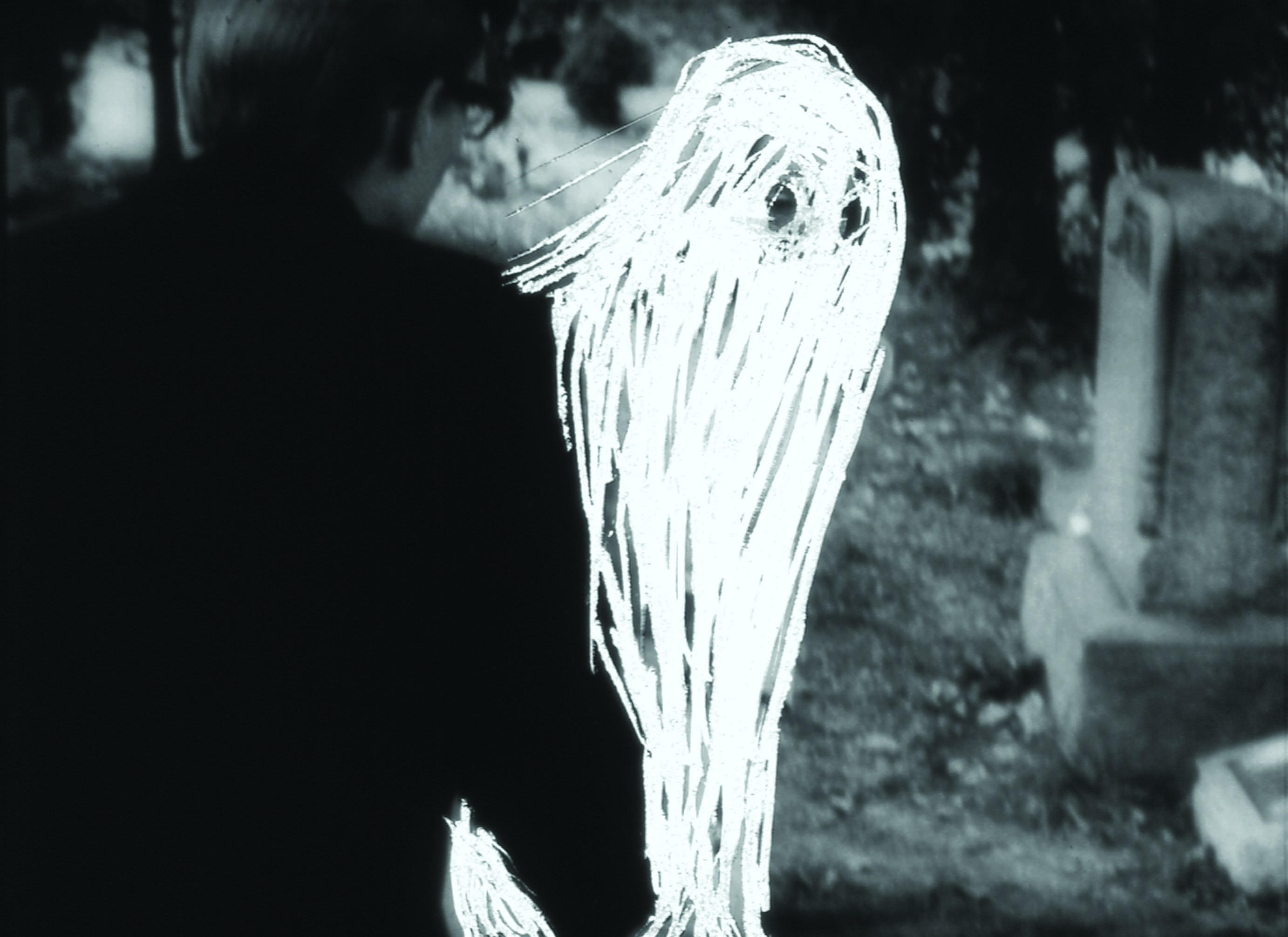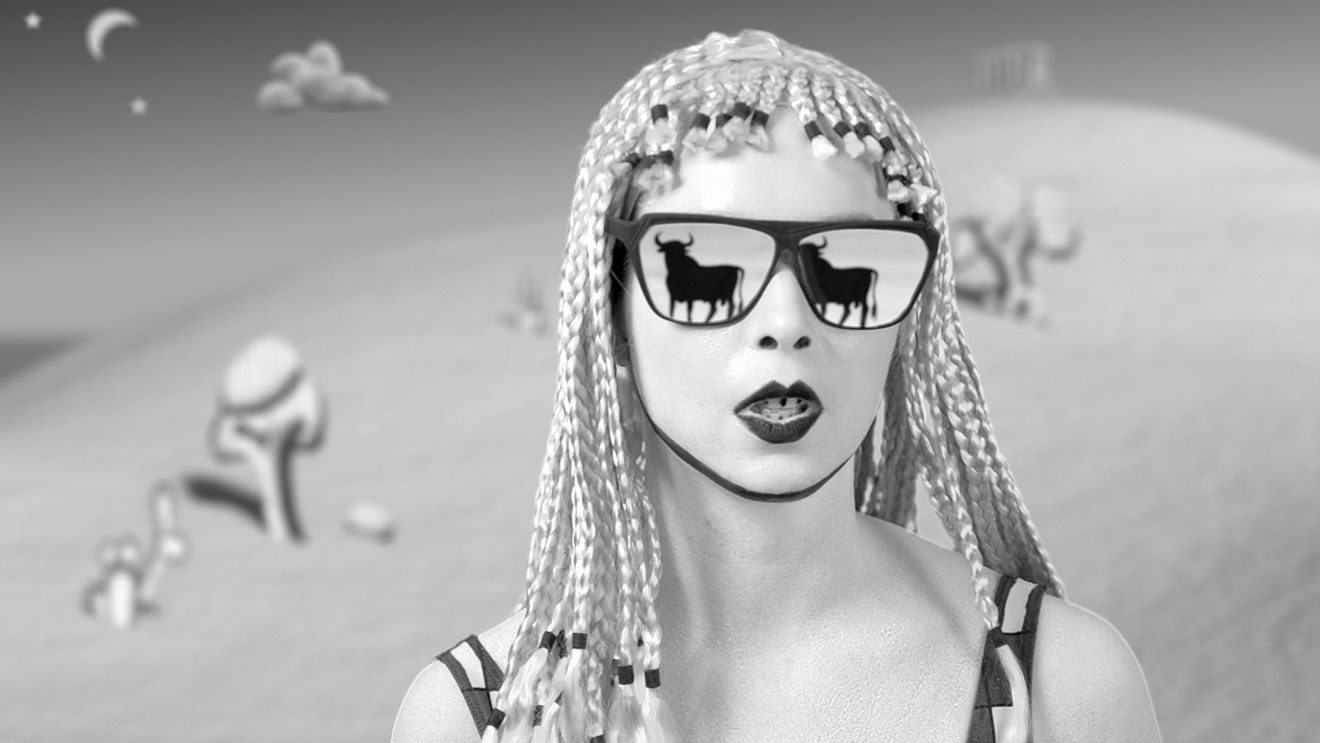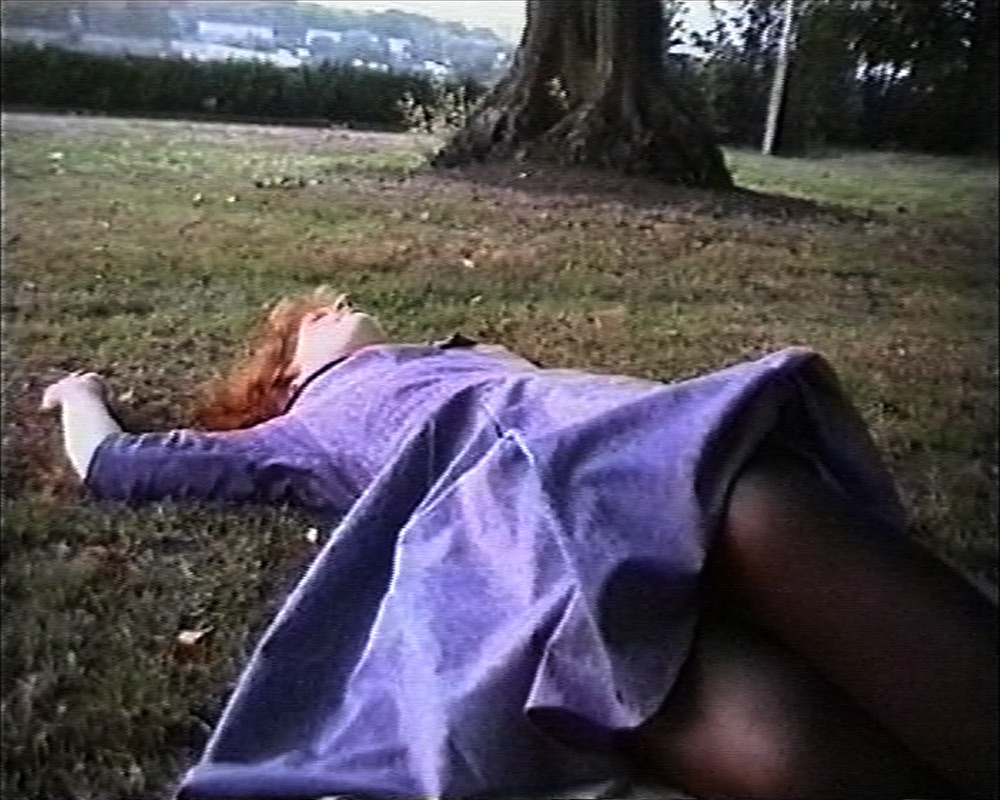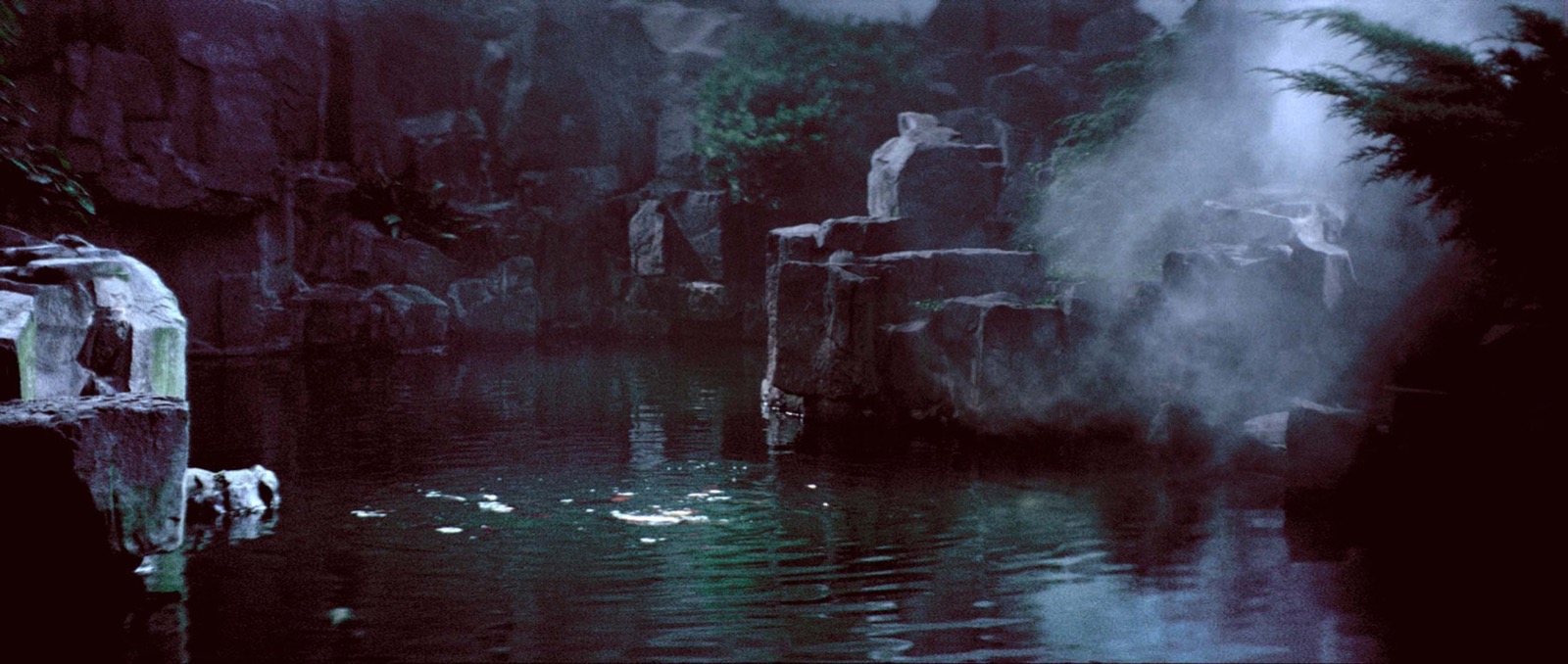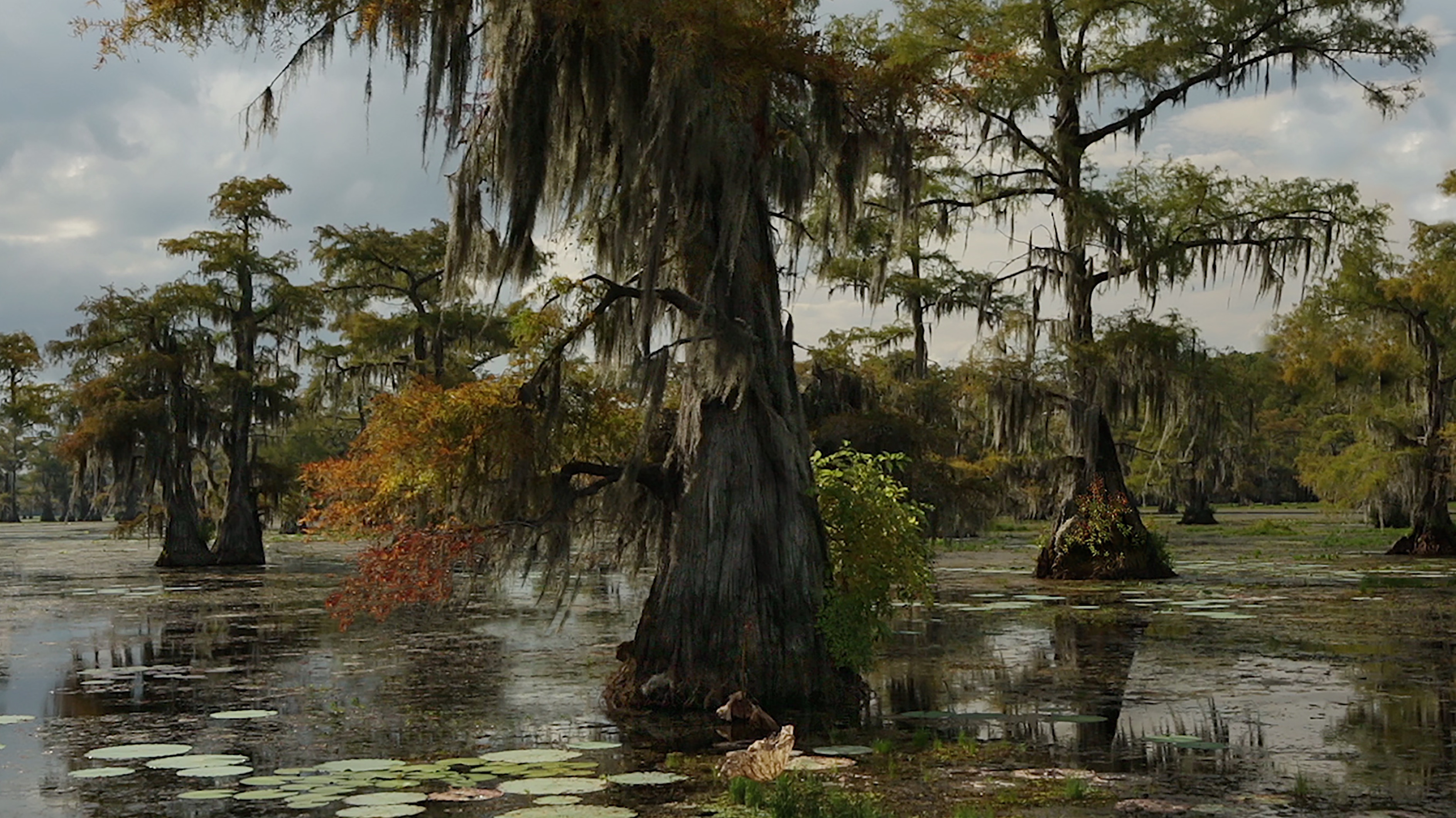Daria de Beauvais, curator at Paris’ Palais De Tokyo, has programmed two distinct film sections for this year’s EXPO CHICAGO, happening in the US city this September. Daedalus explores the labyrinthic nature of the mind, while The Yellow Wallpaper considers the role of women in contemporary society.
When did you begin working on the film programme?
It’s been a few months. It’s been very exciting as there was only one thing I had to follow, which was that the artists I invited had to work with the galleries who are present at the fair. There are a huge number of galleries in this fair so it was quite interesting to go through them and make some requests and discover artists and galleries I was not familiar with. In my selection there are artists who I knew and followed previously like Laure Prouvost or Camille Henrot — with whom I’m doing a big exhibition at the Palais next year — but then there are also a few artists who I didn’t know before.
You’ve curated two separate programmes, Daedalus and The Yellow Wallpaper. Did one grow out of the other or have they developed quite in line with one another?
Both are really original programmes but they come from interests I have in general, the role of women artists for example, which makes sense with the The Yellow Wallpaper. The idea of loss of marks that I’m developing with Daedalus is also something I’m interested in. With The Yellow Wallpaper there’s a more social or political subtext with this idea of women’s struggles to escape their fate. It so happens that the programme is only women artists but it was not a specific choice, it just happened. I’ve been doing a lot of exhibitions with women artists and actually it’s interesting because when you do a show with only male artists, nobody mentions it.
Can you tell me a little about the filmmakers, and the style of films, that will feature in The Yellow Wallpaper programme?
I wasn’t familiar with Alex Bag and I’ve used her work from 1996, Untitled Project for the Andy Warhol Museum which is such a perfect work. It’s hilarious, that’s one point. But it’s also such a good look at women’s role in society. She plays all the characters; old and young. It’s also a great psychological study. In the programme there are some works which are more atmospheric, such as Desiree Dolton’s Uncertain, TX. Then Laure Prouvost’s film is a state-of-mind meditation in a way. Then you have some really strong and violent works, for instance Aïda Ruilova’s Goner. It is about a woman who is enclosed in a room, and you don’t know if it’s by choice or if she’s a prisoner. She fights against the room, she’s attacked by it. It’s very strong, violent and beautiful, almost erotic in a way. It evokes the giallo, this genre of Italian movies made between the 1960s and 1980s by filmmakers such as Dario Argento. Argento is a strong influence for me.
How do you approach curating a programme like this? Do you begin with a general outline of what you’re looking for, or do you purely work from the possible material in front of you?
For me, it was important to start from the works themselves and how they inspire me. I spent many, many evenings looking at all the videos and then I started a first selection and realised there was a common meaning to all these films, so the theme came from the works. There was a first selection and then these two themes appeared almost at the same time. I think the idea of the labyrinth arrived first, after looking at the films it was quite obvious; especially Mary Reid Kelley’s trilogy about the labyrinth and the Minotaur. Also Camille Henrot’s work with this woman fighting to escape, physically. It wasn’t about being loved, it was about trying hard to get out of it, and that’s when I thought of the text The Yellow Wallpaper. It’s a text I read many years ago and it stayed in my head; I’m really informed by literature when I do my exhibitions.
I think every curator has his or her obsessions and when you see a curator’s exhibition there is always a red thread going through it, through many different artists and many different themes. I think one of my red threads is mystery. I like when it’s not obvious and when it stays open to your interpretation or when you don’t understand what you are facing. Maybe an idea of dark romanticism as well.
In terms of how the two programmes will be shown at the fair, are the spaces quite responsive to the themes?
For each programme there is a projection room, a classical black room with a big screen and a projector, and then both have stations. The stations are spread in the fair, because I wanted the programme to spread over the fair as well. The stations have a monitor so you can sit down, listen through earphones and get into the artist’s world. I like the idea that it’s not one corner of the fair and that’s it.
Do you feel in general that art fairs give enough prominence to video work?
I think video art is quite common now in fairs, museums, galleries; it is really part of contemporary art. Of course in the fairs it is not mainly what it is shown because it takes time, but at all the fairs I visit there are a few videos. I think it is a really interesting question for a curator: how to show video work. There are so many ways to do it and frankly, for the moment, I haven’t found the perfect way. I mean when it is a video installation like Shana Moulton or Mika Rottenberg, in shows I recently curated at Palais de Tokyo, it all makes sense together. With video you always want to have the perfect conditions for it, but sometimes it’s good to have it connecting with other works around it.
Do you feel it’s more problematic to curate a thematic show in a fair context than when you’re working with the individual space of a gallery, which might be more self-contained or might just be showing film?
I don’t know because some galleries and museums specialise in new media, but I think it’s important to show it together with other works; at the Palais de Tokyo we don’t have a specific media that we show more than others. A few weeks ago I did a show with Clément Cogitore and we decided to create one big space with a huge screen which was 8 by 6 meters, and we put cushions on the floor. People could lie there and become really immersed in the image. There is a real physical effect to video, so it’s important to give enough room to get into it.
Do you feel you can have that as much with a programme at a fair?
The projection room is a really good gesture from EXPO CHICAGO. A fair usually is mostly about booths, and the fact that they commission videos and art in the public space I think shows strongly that what they want is to show the works first. And that’s why I accepted it. I know that curating in an art fair is not the same as curating in an art centre, but their philosophy is very respectful of the artists and their works.
‘EXPO CHICAGO‘ runs 22-25 September 2016
